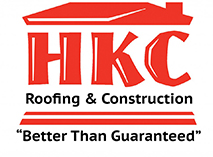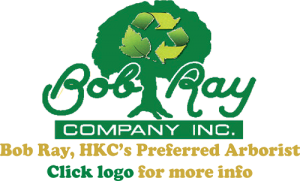Cool Roofs Are Good for the Environment and Your Wallet
During the peak summer months, traditional American roofs can reach temperatures of between 150F and 185F. Having a hot roof means you are throwing money away trying to keep your home cool. Below, we’ll take a look at why having a traditional roof is inefficient during hot weather, as well as simple solutions that will keep your home cool all summer long.
Solar reflectance, also known as albedo, is the percentage of the sun’s energy that is reflected by a surface. The materials commonly used in roofing today are not very reflective, absorbing 85 to 95 percent of the sun’s heat instead of reflecting it back out into space. The most efficient roof materials can reflect more than 65 percent of the sun’s energy, meaning your roof only absorbs about 35 percent of the heat.
Although reflectivity is the biggest influence on the temperature of your roof, thermal emittance should also be considered. Some materials, like metal, can get very hot before reaching temperature equilibrium, in other words they have low thermal emittance. Materials like plastic reach temperature equilibrium quickly and can’t get very hot and are said to have high thermal emittance. If your roof material is able to hold on to a lot of heat it will shed some of it into your home, making it hotter.
Solar reflectance and thermal emittance together play a big part in your roof’s surface temperature. Studies have shown that standard black asphalt roofs, which are not very reflective, can reach temperatures up to 185F. Metal roofs are very reflective, but hold on to a lot of heat and can reach temperatures up to 165F. Researchers have shown that cool roofing systems with both high reflectance and high thermal emittance don’t exceed temperatures of 115F.
So what kinds of cool roofing options are available today? If your home currently has a tile roof, you can easily switch to a more reflective alternative tile. Right now, industry standard clay tiles have a reflectivity of between 10 and 30 percent. “Cool colored” tiles are currently available and are produced with special reflective pigments. The ENERGY STAR Roof Products List has recently approved a range of tiles as having a solar reflectance of up to 70 percent. Because a special pigment is used, your tiles can even be traditional dark colors, such as brown and green, although lighter colors will still be more efficient. While these reflective tiles are not widely used as of yet, they can be purchased for nearly the same price as conventional tiles.
Another great option is cool colored metal roof materials. These roofs use a revolutionary infrared reflecting pigment, which gives them a reflectance rating of up to 90 percent! Another reason a cool metal roof is a great option is their durability. For those who already have a traditional metal roof installed, you may have the option of applying a layer of highly reflective and insulating paint, thus optimizing your roof at a fraction of the price of completely replacing it.
Asphalt shingles are by far the most common roofing material on residential homes. The ENERGY STAR Roof Products List has approved of several asphalt shingle styles with reflectance ratings from 40 to 65 percent. While cool colored shingle technology is still in its infancy, there are a number of manufacturers working on shingles with highly reflective surfaces. This new technology will likely become more widely used in the future, but early adopters will most certainly benefit from lower energy bills.
With more efficient options available for nearly every style of building, there is no reason to keep paying high energy bills because of your outdated roof. Contact an expert roofing contractor today to find out how much you can save by making the switch!









Loads of thanks for this article. It is informative and enhances our knowledge on how to make roof cool for better comfort. Please share more and more with your readers.